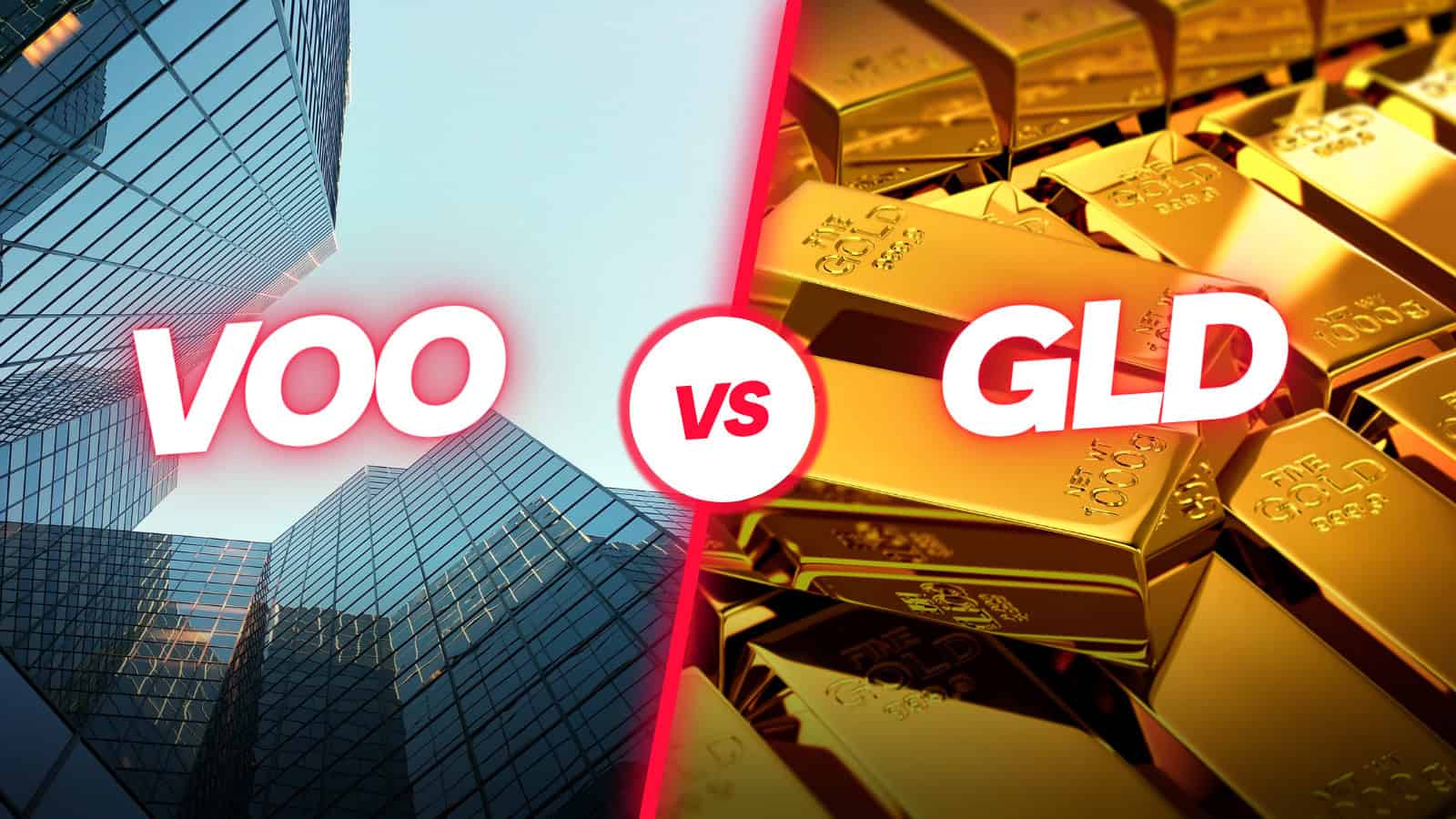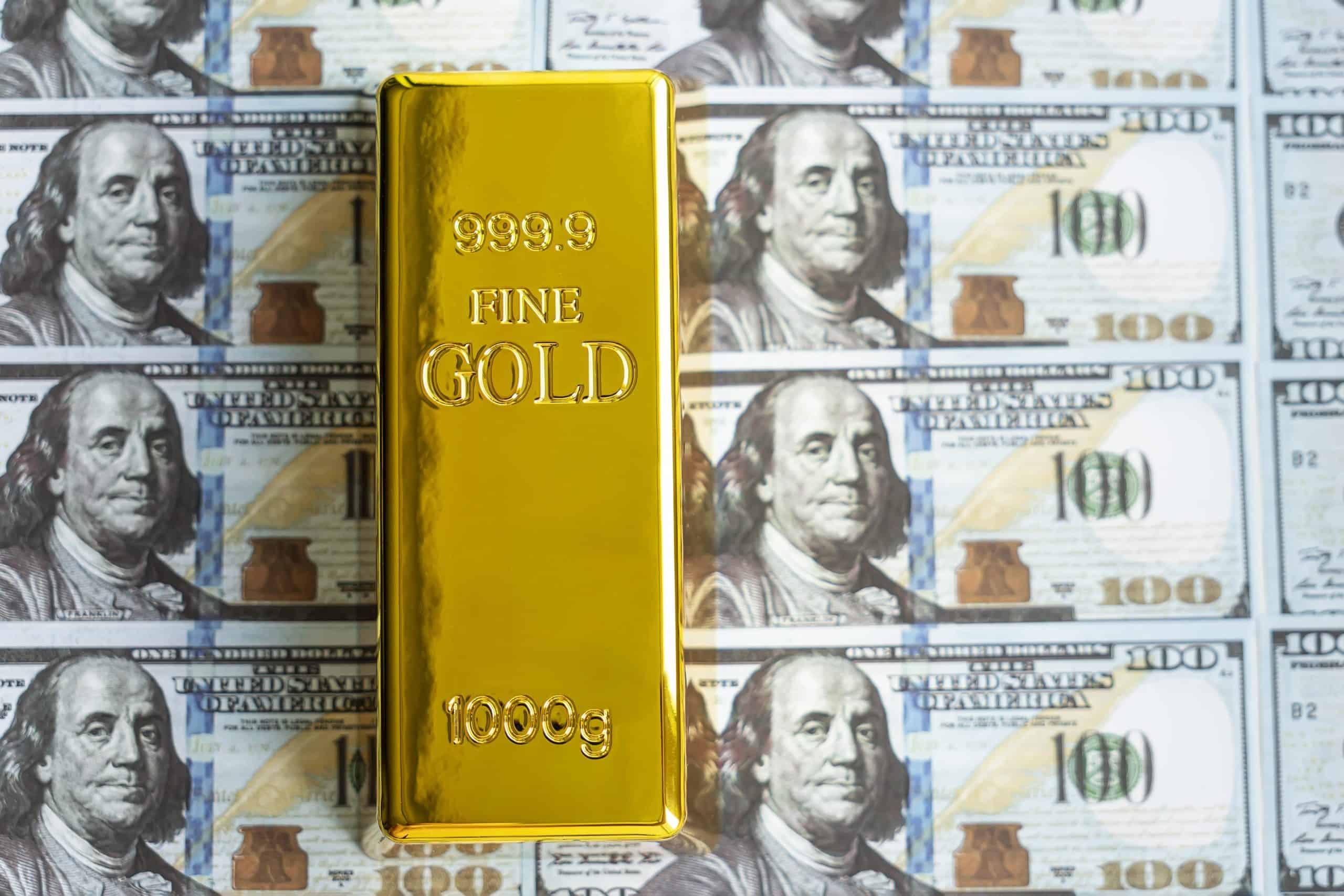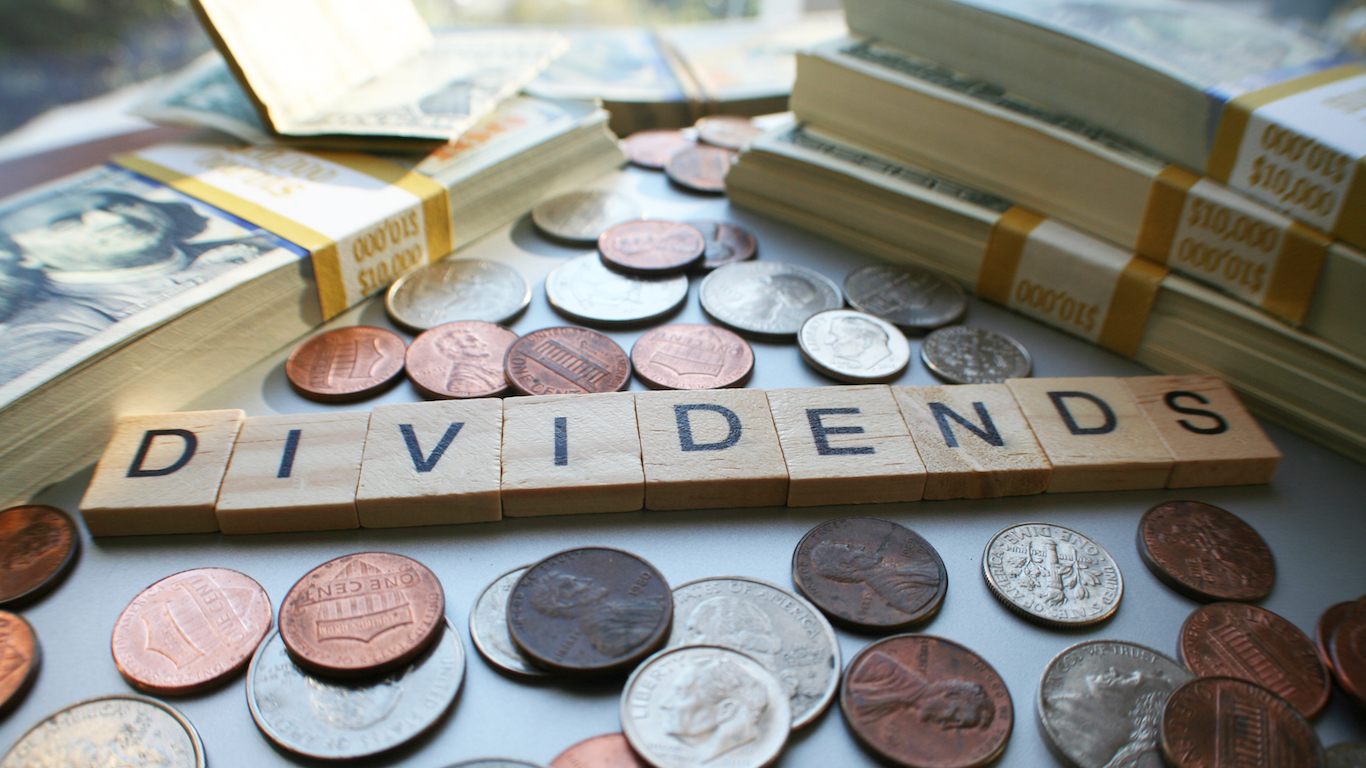
It’s no mystery why some investors feel a bit nervous as the bull run goes into a new year. Extended valuations and growing uncertainties (think tariffs and DeepSeek’s lingering impact on the AI revolution) could certainly set the stage for increased market volatility and, yes, perhaps even a market correction.
Indeed, every market dip that’s fallen shy of a correction in recent years has proven nothing more than a timely buying opportunity. While only time will tell when we have a full-blown correction or even a bear market, it can’t hurt to consider one’s options as one looks to derisk with more of an emphasis on “safer” securities.
Of course, timing the stock market isn’t a very good idea, even if you heard someone respectable forecast a high chance of a correction in the coming months. Indeed, predicting the stock market’s next move will be a far more difficult feat than predicting the weather, making market strategists’ near-term forecasts far less reliable than the weatherman’s predictions for the week or month ahead.
As such, investors shouldn’t reallocate funds in their portfolio with the exception of a specific market event, whether that be a correction or something worse. Instead, investors should rebalance or derisk as needed to maintain an allocation that’s in line with one’s own personal risk tolerance.
So, if you’re a lucky Palantir (NASDAQ:PLTR) investor who’s ridden shares all the way up in the past two years, perhaps taking profits makes sense if it’s grown to contribute more than 10% of your portfolio. This can be done regardless of the terrain you expect for the market’s path forward.
Key Points
-
Weighing whether GLD (gold) or VOO (S&P 500 ETF) is a better bet with an extra $10,000.
-
Gold may be relatively safe compared to stocks, but neither asset is completely safe. For that, you’ll need to pick up a risk-free instrument and settle for lower returns.
-
Between gold and stocks, I’d go with stocks for better long-term returns, and gold for relative stability.
-
4 million Americans are set to retire this year. If you want to join them, click here now to see if you’re behind, or ahead. It only takes a minute. (Sponsor)

Gold: A “safe haven” investment that’s been a hot ascent
Gold and its ETFs—SPDR Gold Shares (NYSEARCA:GLD)—have been a shining “safe haven” investment for investors over the past few years. The shiny yellow metal could give the S&P 500 a run for its money, with 56% gains in two years. With strong momentum and many drivers that could sustain a surge well past US$3,000 per ounce, the safety play has seldom looked this good.
While it’s impossible to value gold, given the lack of cash flows, many macro variables could continue to drive intense global demand. If you’re heavy on stocks and are light on gold (let’s say less than 4% of your portfolio), gold does seem like a great way to batten down the hatches by reducing your portfolio’s beta while hedging against the next stormy day for stocks.
Of course, gold may be labeled as a relatively “safe” investment. This is true when you compare gold to stocks, especially growth stocks. But do know that gold, like stocks, can correct or fall into bear markets. After a hot few years, the risks of buying gold should be weighed carefully. As such, the “safe” term should come with an asterisk.
The case for stocks
While gold’s latest run is very impressive, history suggests that stocks, most notably the S&P 500, tend to be better longer-term performers. For someone who’s young with the ability to ride out rocky markets, I’d say the rougher ride with the Vanguard S&P 500 ETF (NYSEARCA:VOO)—one the cheapest ways to play the stock market—may be worth enduring.
Undoubtedly, it’s a mistake to view the VOO as a “safe” investment as there are no assurances in the equity markets. For those looking for added safety, equity-based instruments like buffer ETFs may be more your cup of tea. Despite their shield from volatility, though, they stand to fall short on the front of returns, making the VOO a better pick for those with a long-term horizon and a risk appetite.
The bottom line
In short, gold will be seen as “safer” relative to stocks. But do understand that neither asset will be safe, as significant downside could strike either asset at any time. While stocks and gold don’t tend to move together, given their low correlation, they can fall hand-in-hand in particularly nasty sell-offs.
So, if you seek a “safe” investment, look for a certificate of deposit (CD) or an annuity because stocks and gold have their fair share of risks. If you’re willing to bear such risks, stocks stand out as a better long-term bet. Though, I’d not be against owning both assets, given the benefits of a stock-and-gold portfolio.
Take Charge of Your Retirement In Just A Few Minutes (Sponsor)
Retirement planning doesn’t have to feel overwhelming. The key is finding expert guidance—and SmartAsset’s simple quiz makes it easier than ever for you to connect with a vetted financial advisor.
Here’s how it works:
- Answer a Few Simple Questions. Tell us a bit about your goals and preferences—it only takes a few minutes!
- Get Matched with Vetted Advisors Our smart tool matches you with up to three pre-screened, vetted advisors who serve your area and are held to a fiduciary standard to act in your best interests. Click here to begin
- Choose Your Fit Review their profiles, schedule an introductory call (or meet in person), and select the advisor who feel is right for you.
Why wait? Start building the retirement you’ve always dreamed of. Click here to get started today!
Thank you for reading! Have some feedback for us?
Contact the 24/7 Wall St. editorial team.






